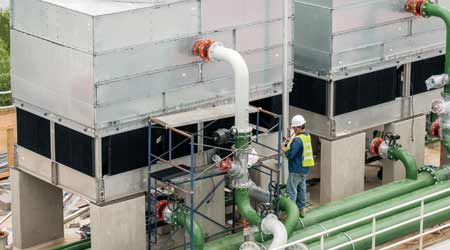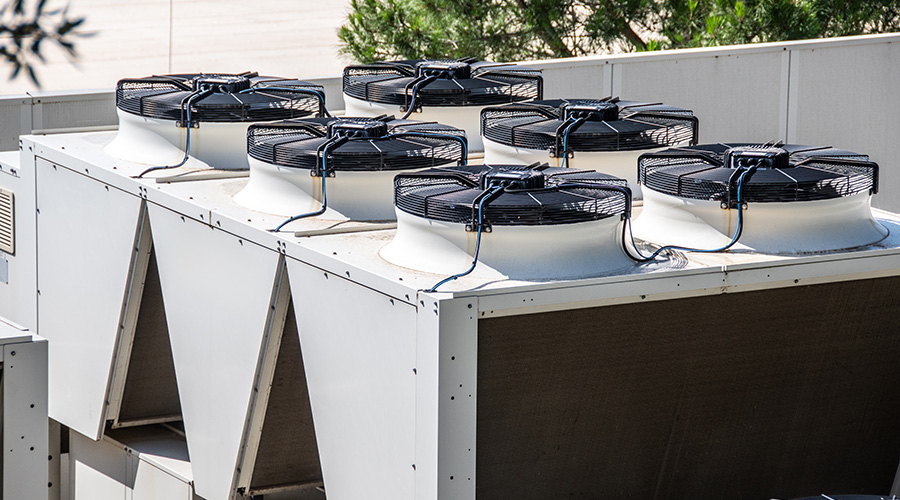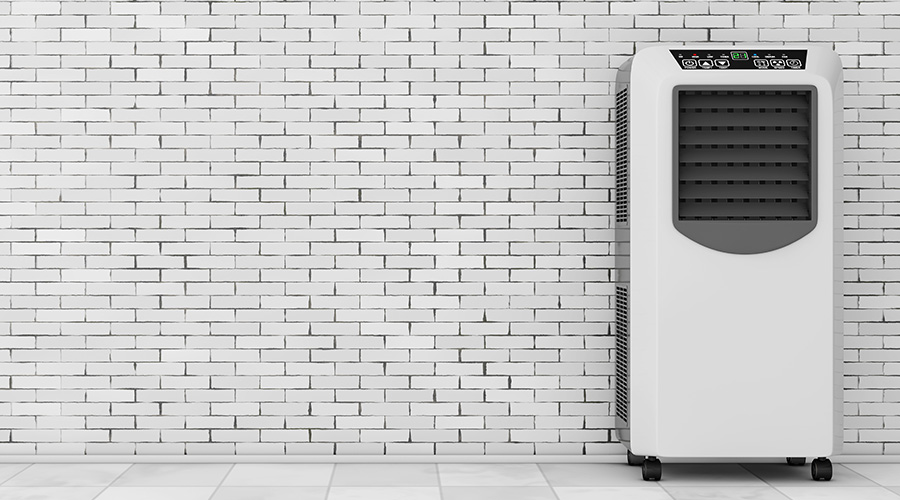 Match the requirements of the cooling system to the capabilities of your team. Some of the outdated technology in today’s buildings is not discussed or taught in vocational training programs. And some newer buildings are run exclusively with digital technology.
Match the requirements of the cooling system to the capabilities of your team. Some of the outdated technology in today’s buildings is not discussed or taught in vocational training programs. And some newer buildings are run exclusively with digital technology.Location and Timing: Keys to Successful Cooling System Upgrade
Consider how the location of new equipment will affect how it's maintained. As well, ensure you're not scrambling to replace a cooling system that's already broken. Do your work beforehand.
Equipment location is key to optimizing performance. Resist the urge to take the “out of sight, out of mind” approach to the question of where to locate equipment. True, space is at a premium in buildings that lease to tenants. But if maximizing leasable space is the only consideration then you’re likely to end up with a compromised MEP system that challenges your ability to repair, upgrade, add capacity, and maintain flexibility. True, equipment can be made to be smaller and smaller, or stuffed into the ceiling or placed on the rooftop, but that doesn’t necessarily make it better, and could very likely make it worse.
Consider maintenance, both routine and diagnostic, as well as potential repairs when choosing a location for equipment. Consider pathways in the space, and maintain shafts whenever possible, especially those that span the height of the building. It’s inevitable that small changes over the years will threaten to chop up building pathways needed for equipment maintenance and repair, so when possible, keep them intact. When it comes to critical building equipment, or mission-critical facilities, new systems may have to be installed in parallel with the existing equipment. This also requires additional space.
Timing of HVAC upgrade
The timing of your next major HVAC renovation is quite possibly the most important consideration. Any developer or real estate owner knows that timing can make or break a deal as much as anything else. So too the question of when can make or break capital projects. It’s highly advisable to make your plans and research your options before things break. While that may seem simple, it’s easier said than done. If you wait until the cooling system breaks down, you’re going to disrupt your tenants, pay more, and be forced into emergency repairs and solutions that might cause you more headaches in the near future.
Something to keep in mind is that most major mechanical components have lead times of eight to 14 weeks, not including engineering and installation time. If you wait until it breaks, you could be looking at a compromised or band-aid solution until it can be done right. The early bird gets the worm when it comes to capital projects. Proper bid documents can be issued to solicit competitive bids. And you’ll have time to adjust the scope to fit your budget. Advance planning can put you in control of the “when.”
When it comes to HVAC systems design, going back to the basics — the who, what, where, when, and why of it all — will help building owners and facility managers make the most informed decisions. Doing the leg work up front ensures that the facility can get as close to a that 25-year longevity mark as possible.
Dave Callan, P.E., CEM, LEED AP, is a partner with McGuire Engineers, Inc. He has more than two decades of experience in the design and analysis of energy efficient building systems for new and existing buildings.
Related Topics:













